Paper due
Please note: your first 2-3 page paper is due on March 15.
Start thinking about this assignment.
First Paper – Due March 15
Question and requirements:
Select a design or design object created after 1972 in which the influence of the theories considered thus far can be seen.
Begin with a brief description of the object, the designer who created it, and the historical circumstances under which it was made.
Considering these factors: examine the ways in which the creator was responding, directly or indirectly, to theories related to linguistics or semiology, avant-garde art movements or the psychological perception of forms (ie. any of the ideas that we’ve covered).
Discuss the manner in which the design you’ve chosen embodies these theories. Provide direct references to relevant passages from our readings. Locate additional writings using library resources to substantiate your comparisons.
Your goal is ultimately to provide a critical examination, not an account of historical details.
Criteria:
Submit a 750-1000 word typewritten paper, double-spaced in 12 pt. Times New Roman.
Include images of the work under consideration and any other relevant illustrations.
Cite all materials researched for historical context, any related writings, and image sources.
All sources, references and quotations should be cited in MLA format.
Research Paper 1 Prep
Select a design or design object created after 1971 in which the influence of the theories we’ve studied so far can be seen. In your Research Journal, add an image and begin with a brief description of the work, the designer who created it, and the historical circumstances under which it was made. Considering these factors, examine the ways in which the creator was responding, directly or indirectly, to theories related to semiotics & signs, ways of meaning, models of communication, avant-garde art movements (ie. any of the ideas that we’ve covered). Discuss how the design you’ve chosen embodies these ideas. Provide direct references to relevant passages from our readings and locate additional writings using library resources and other sources to support your comparisons.
You will be providing a critical examination of the object and its relationship to the theories we’ve discussed, not an account of historical details. These should be your observations, your ideas supported by published sources.
Use the links provided under Help > Course Resources > Design Collections to find your design source (advertising, graphic design, industrial design objects, motion graphics, etc.) for your paper.
Research Project Prep
The first paper is a jumping-off point for your research project. You don’t have to lock yourself into a topic yet, but your should by now have started to define your aesthetic and theoretical interests based on the ideas we discussed so far. If nothing has piqued your interest yet, ask you self “What do I feel passionate about?” “What do I love to talk about?” “What makes me feel angry, sad, depressed?” “If I could be doing anything right now that would make an impact on the world, what would it be?” “How could I use my skills as a designer to change the world?” “What graphic style, design movement, decade, or typeface is my favorite?”
Visit the Grading Policy page for an overview of the Research Project.
Manifestos, Movements, and the Avant-Garde
At the end of this session, students should have an understanding of the following:
-
-
- Overview of Futurist and Constructivist manifestos and movements, and their influence on the field of design.
- Expectations for the Research Journal, the first paper, and the research project
- Guidelines and expectations for this week’s discussion.
- The guidelines and due date for Reading Response 4.
-
Activities
Today’s group discussion will build from last week’s discussion (What is design?), and from the readings for this week. The objective for this discussion is to compose your Design Manifesto.
Use short declarative statements to define the philosophy, intentions and requirements for the designer of today.
State the social, political and ethical questions that are necessary for a designer to consider.
Identify the technological concerns that designers must embrace or reject.
Don’t shy away from poetics or abstraction.
Feel free to re-write passages from the Futurist and Constructivist manifestos that we’ve read.
Manifestos, Movements, and the Avant-Garde (45 min)
In our third reading, we looked at Manifestos from Italian Futurists and Russian Constructivists.
These two movements have left an indelible mark on the lineage of our communication design field by influencing other movements at the time and afterward. The work of these artists/designers can still feel relevant today. The political turmoil, societal shifts, and radical ideologies they experienced are mirrored in our lives today, abet with different a set of challenges.
While we are unlikely to share many of the beliefs and ideologies that initially inspired these artists/designers, the distinct graphic style (clear lines, abstracted shapes, bold palettes, and photomontages) have become part of our visual vocabulary.
As we take a deeper look into these two movements, consider the politics, technology, social challenges of the time, and the urgency and passion from which these movements grew. Here is a collection of images from this time period.
Think back to our previous review of universality, authorship, social responsibility. And more recently, signs, meaning, and modes of communication.
What are your observations?
Vanessa asks “Why should designers concern themselves with unsolvable theoretical questions?”
1. The Futurism Manifesto and Movement
Marinetti, along with a group of young Italian artists, declared their ambitions in opposition to the traditional values dominating Italian art and culture of the time and focused on the dynamism, speed, energy, and power of the machine and the vitality, change, and restlessness of modern life.
Key ideas:
-
-
- Motion, movement, technology, speed, dynamisim, unification of culture, industrialization, war, violence, machismo, extreme, distruction of the past, revolution.
- Political leanings, initially fascism, anti-feminist, anti-democratic, but years later rejected those ideas to focus more on technological advancement, specifically aviation.
- Here is the full manifesto.
-
Watch the three videos below to learn more about the key ideas that define Futurism and the lasting visual elements that resulted. Does anything in the visual or ideological aspects of this movement inspire or repulse you? Why? NOTE: In the following video, watch from 29:38 to 31:33
-
-
-
- Italian Futurists – Graphic Design History (Watch from 29:38 to 31:33): https://youtu.be/OS8rZ8iwcJM
- Futurism in 9 minutes: https://youtu.be/9fy_cHtHR-U
- Italian Futurism Jeffrey Hoover – 00:00 to 16:10 NOTE: There is a disturbing scene in the next video at 17:35. You only need to watch up to 16:10. https://youtu.be/YFPIP9NxU30
-
-
2. Constuctivism
Key Ideas:
-
- Geometry, clear lines, abstracted shapes, photomontage, san serif fonts, bold primary palettes
- Rejected decorative stylization in favor of the industrial assemblage of materials.
- Applied these ideals to architecture, urban space, clothing, theatre, graphics and social activism.
- Political leanings, intially Communism, artists/designers later emmigrated to USA.
NOTE: In the video below, watch from 24:42 to 29:19
3 Influence on Contemporary Design
Futurism, Constructivism, and the avant-garde in general, as we shall continue to explore, had a profound impact on the evolution of graphic design, advertising, fashion, industrial design, architecture, theater, and more.
Born from the political and societal influences of the time, we can see how the concepts of universality, authorship, and social responsibility are present in manifestos we’ve read and most importantly WHY!
By now you can start to see how some of the graphic styles of these two movements that we’ve explored still linger in the design we see today.
As we explore the next step in our design lineage in writings from the Bauhaus, see if you can find the influences from the Futurist and Constructivist movements.
Check out How the Imagery of the Russian Revolution Married Ideology, Politics + Progressive Graphic Design by Emily Gosling, Eye on Design. May 1st, 2017
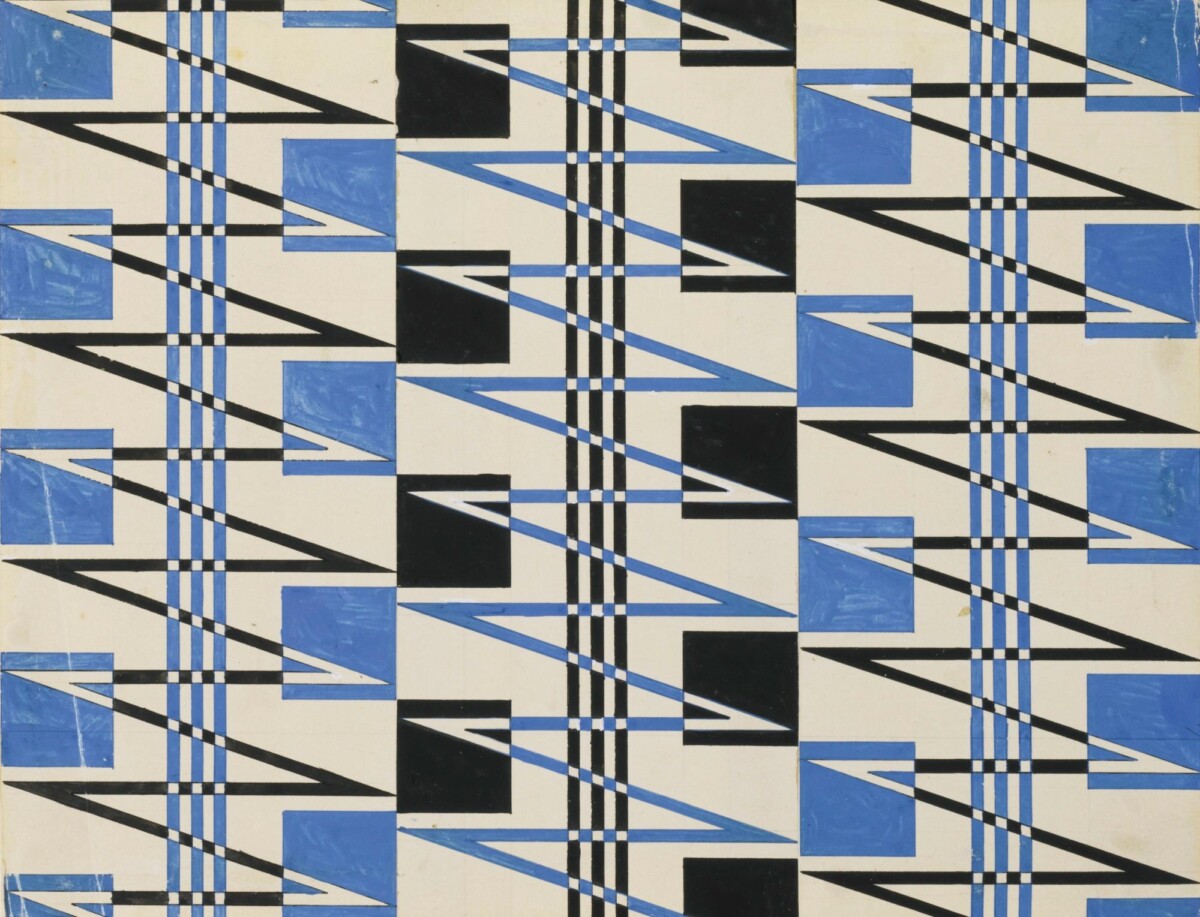
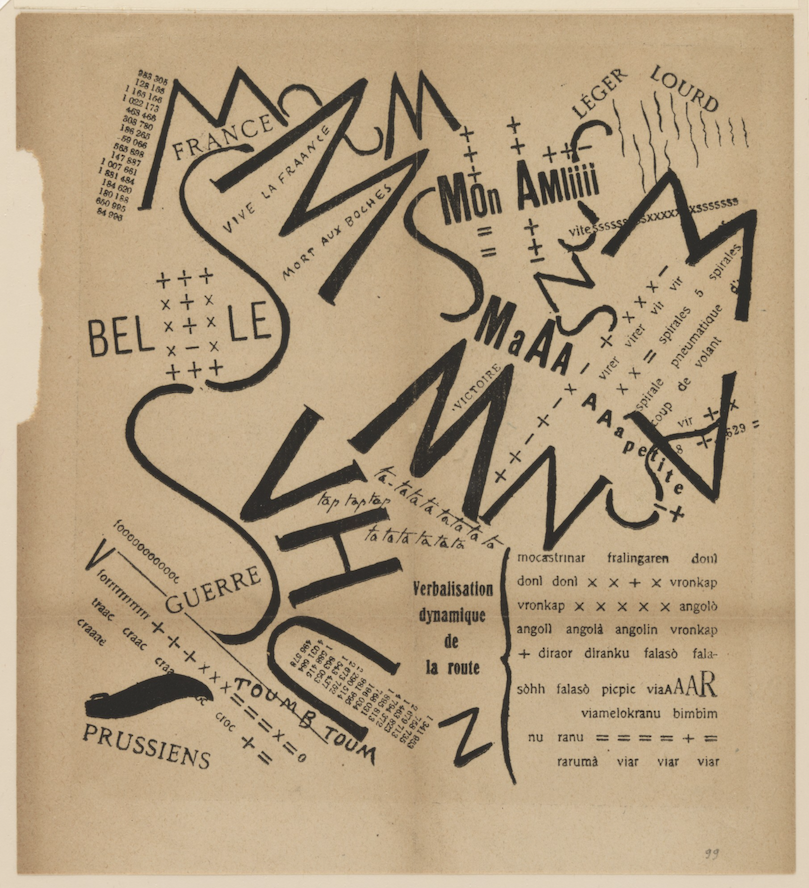
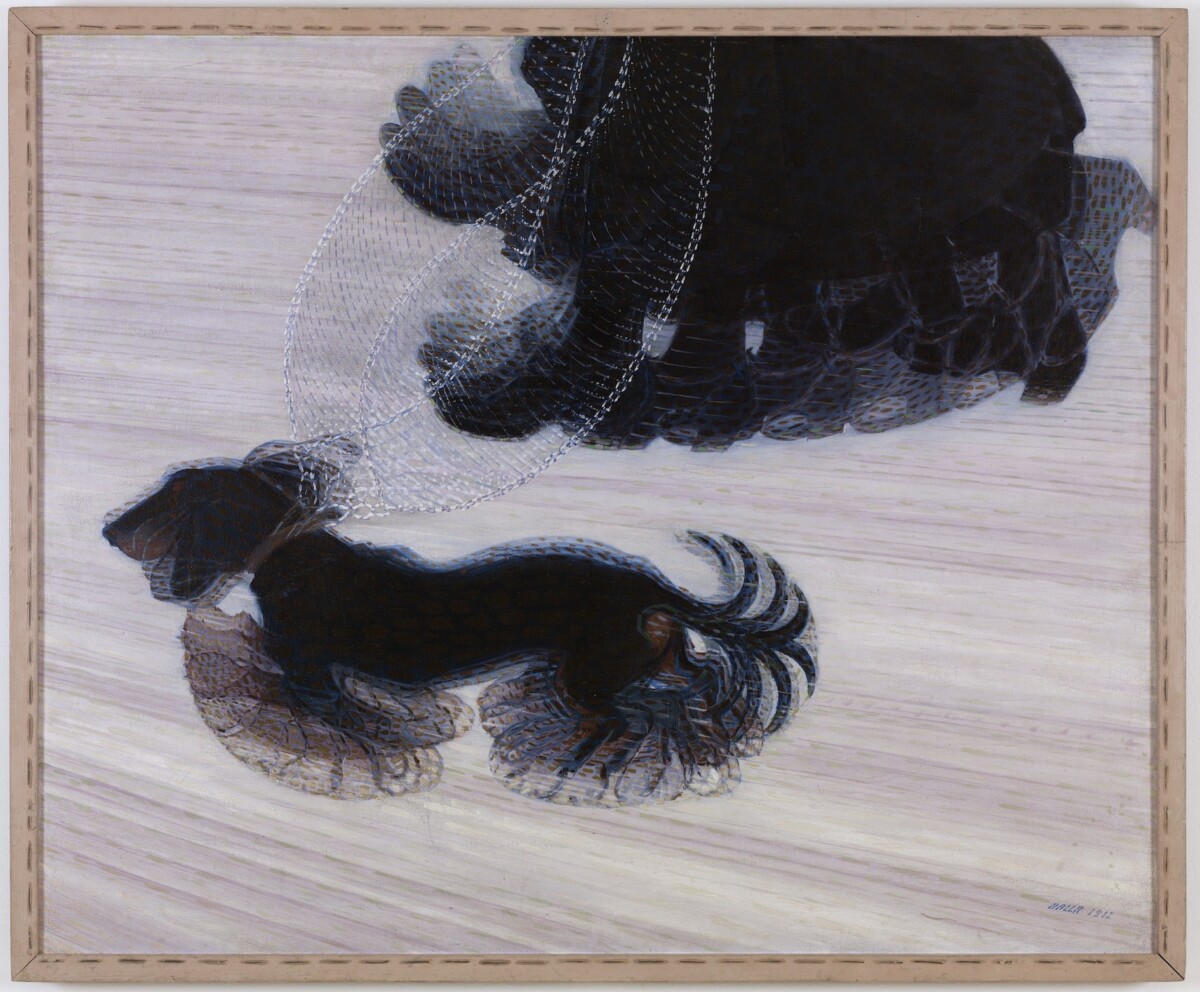



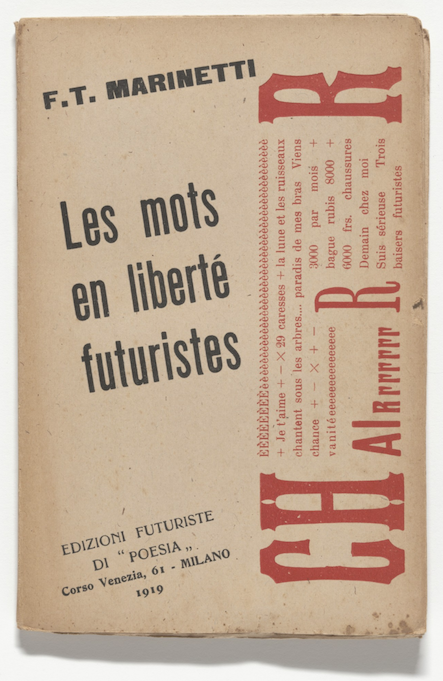
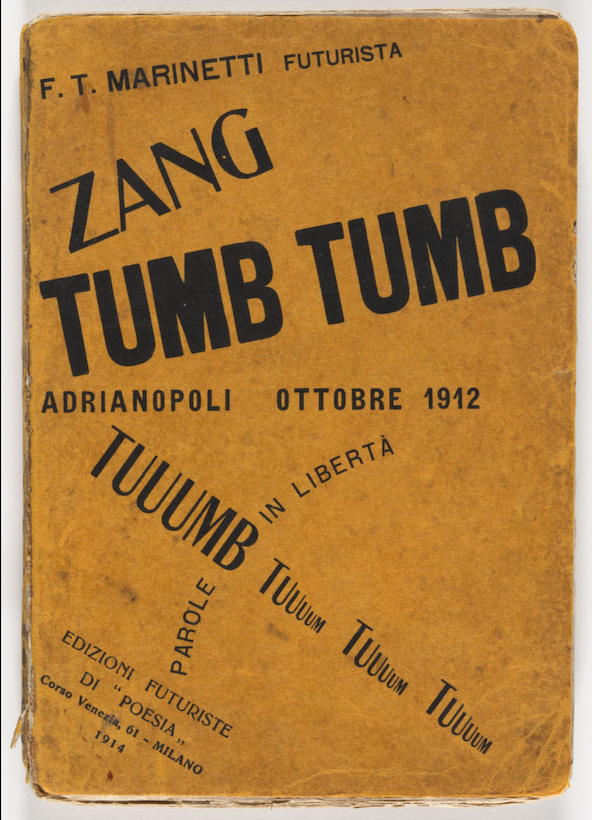
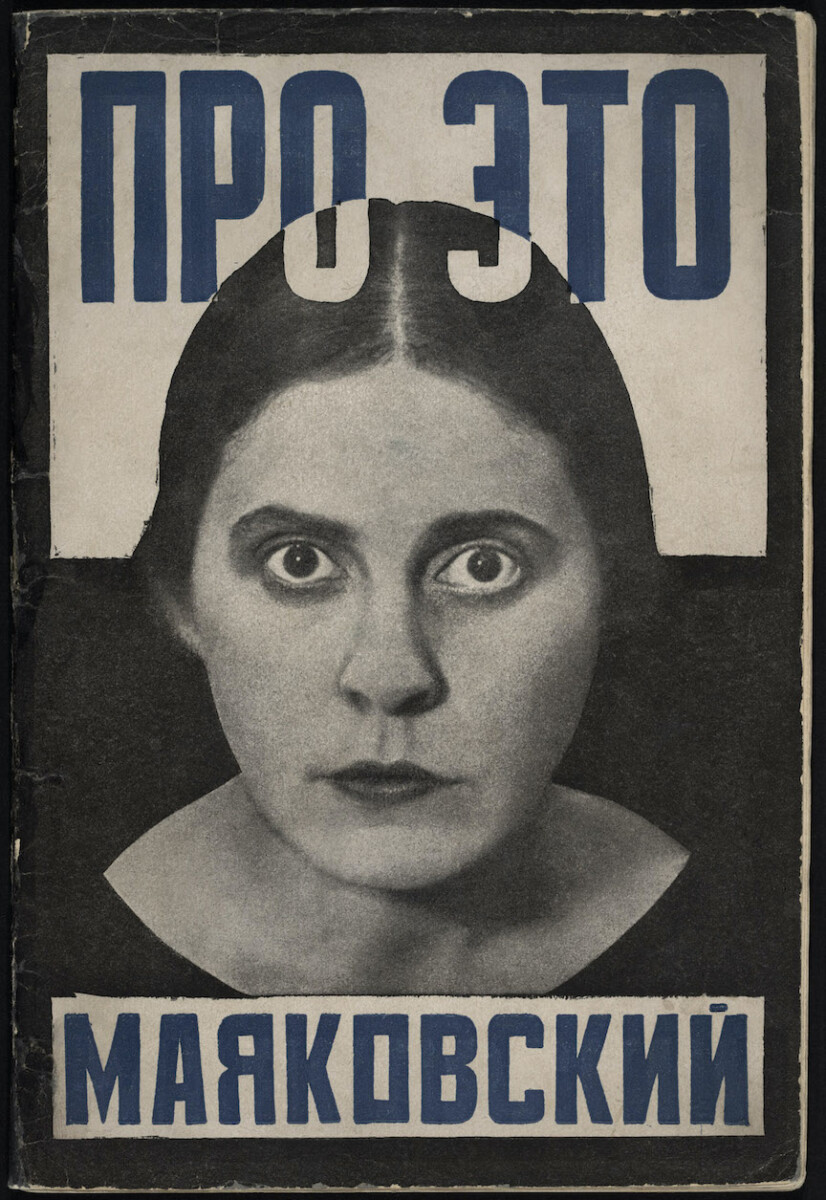
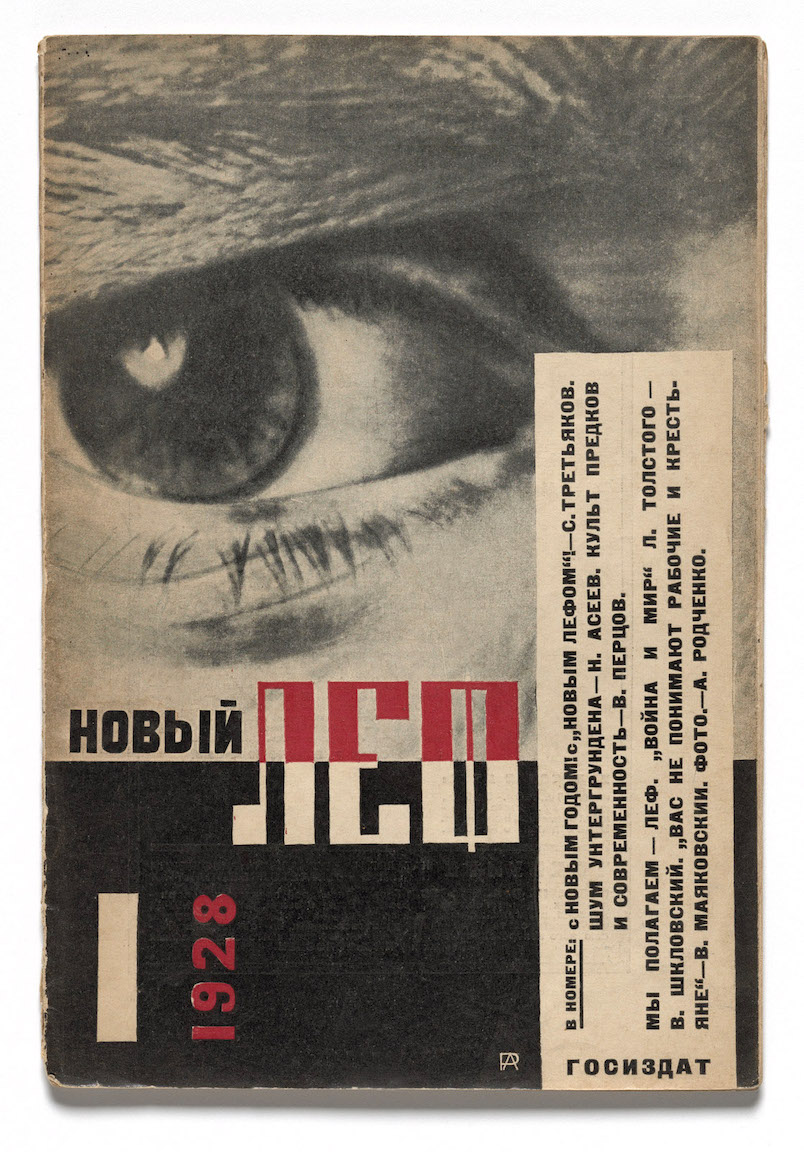
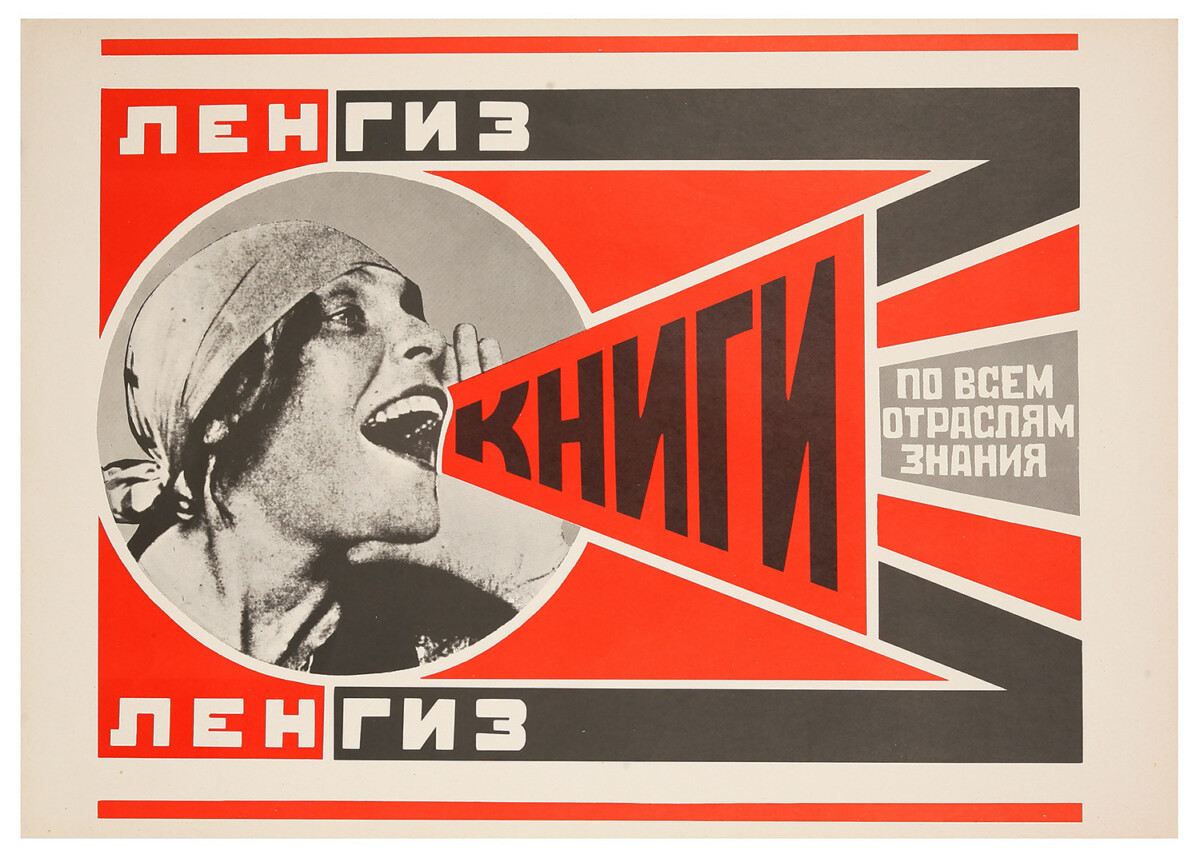
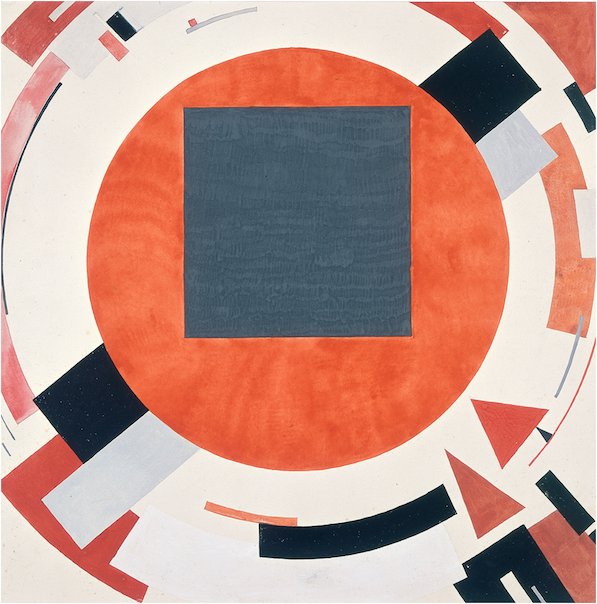


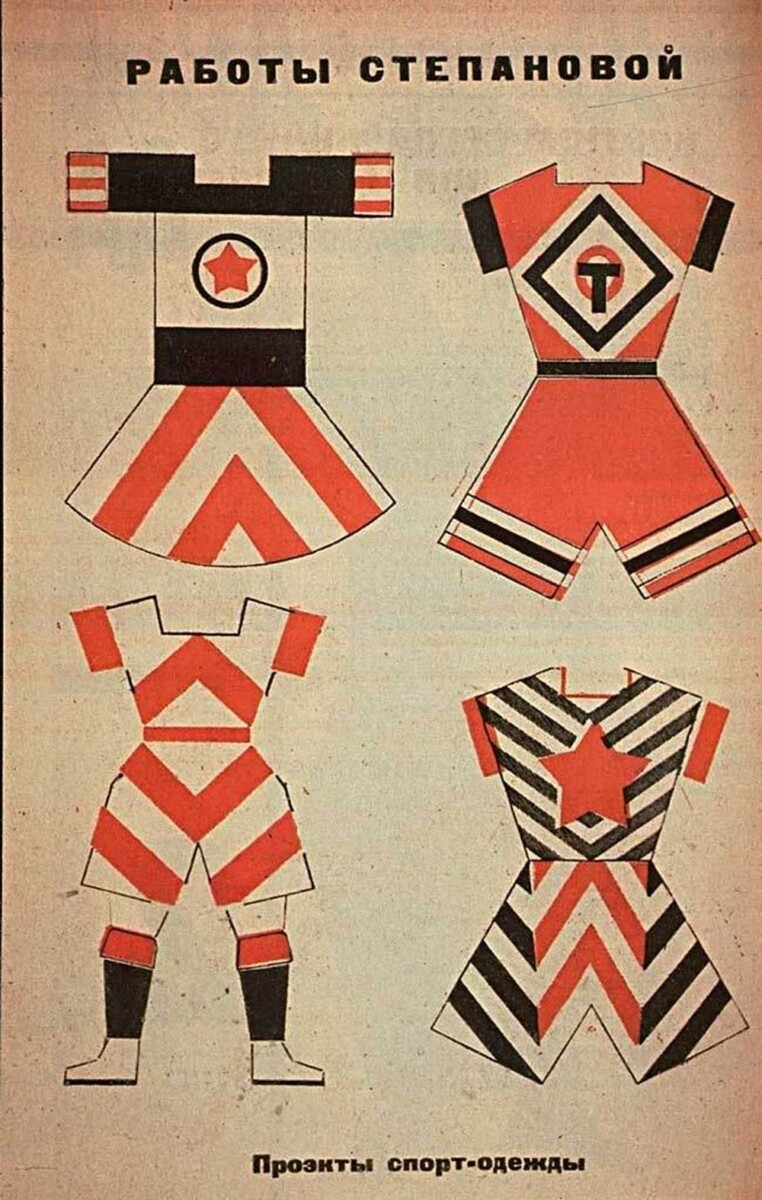
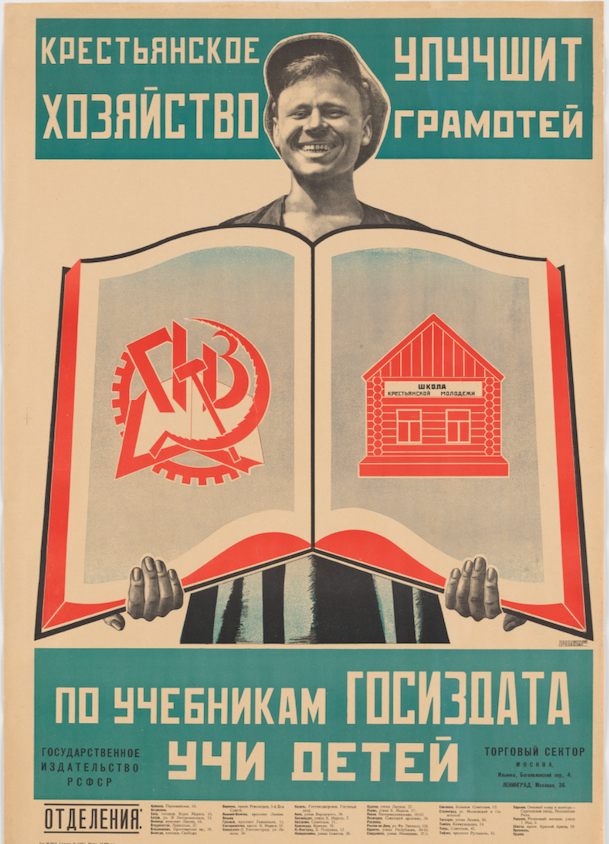


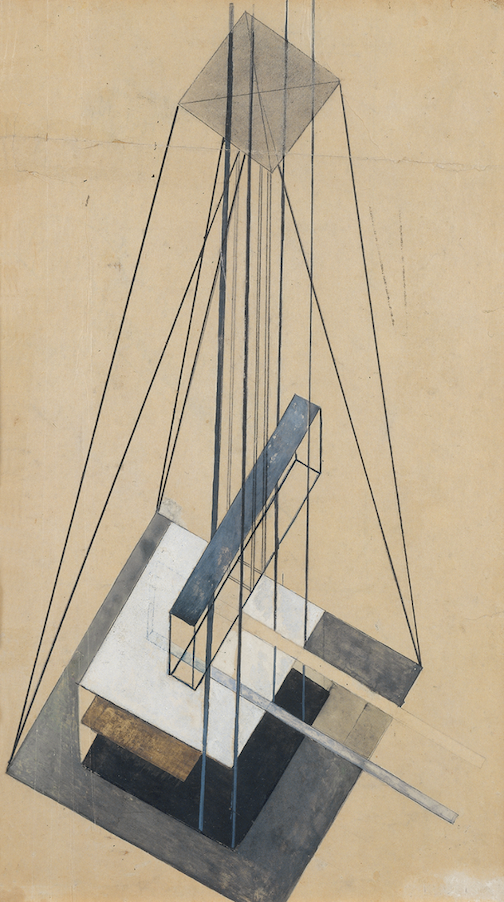
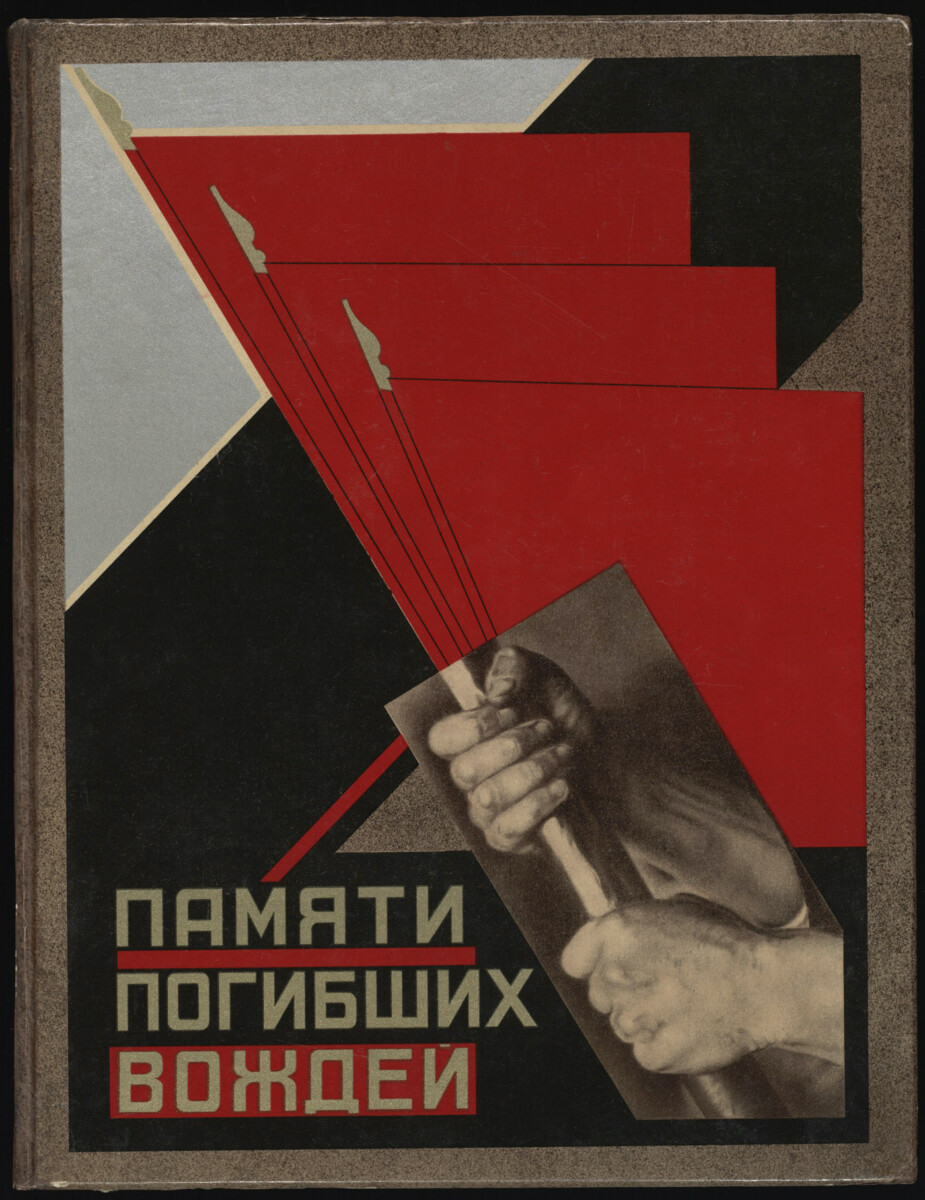
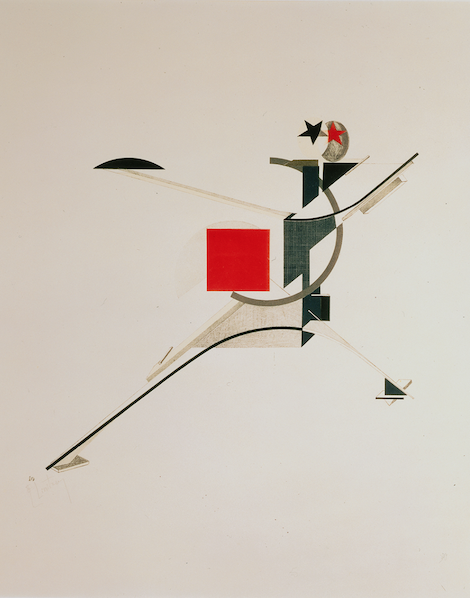




Leave a Reply
You must be logged in to post a comment.